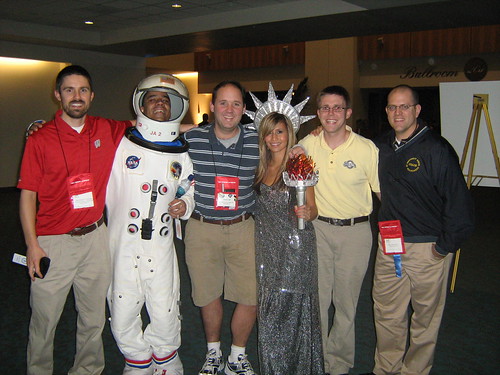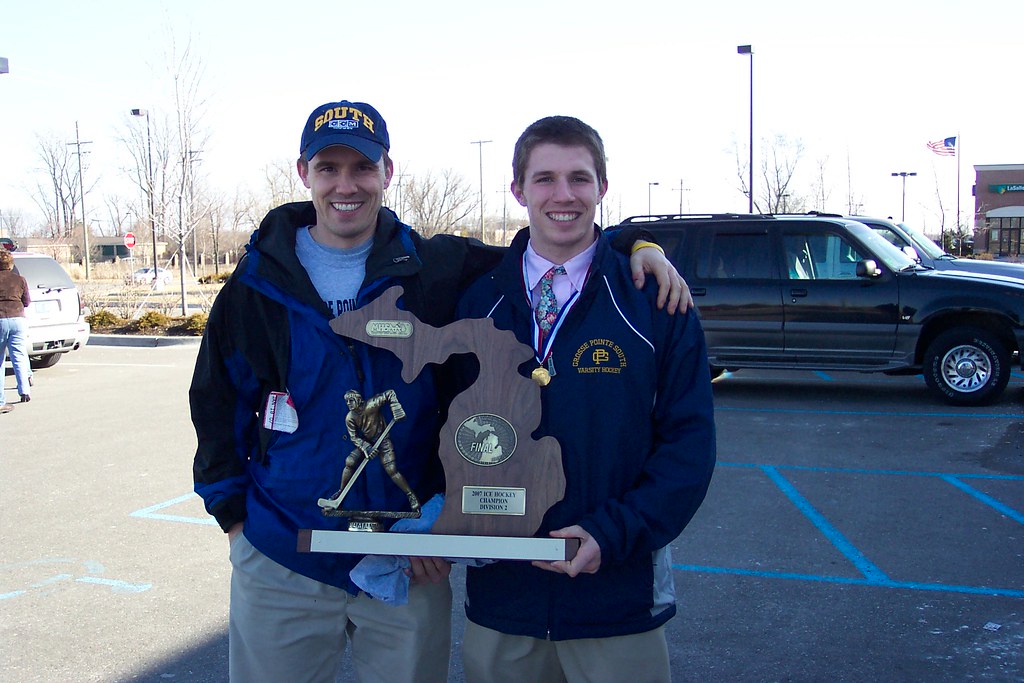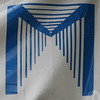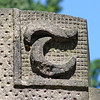Here we go (drum roll please!!!):
Zebra Zap Electric Car-I snapped this photo while I was on a tour of larger scale solar photo-voltaic installations in southern California this past September. With 20 views, this happens to be one of my most popular flickr photos (pretty pathetic, I know!!!) I was actually out at the National Solar Power 2007 Conference in Long Beach, CA on a teacher scholarship from our local energy utility to learn more about the solar power industry. More on the conference at a separate blog I created while I was out there - Solar Power 2007-WE Energies Grant Program.

Devil's Island Sea Cave Column and Arch-My wife and I have kayaked the Apostle Islands in Lake Superior on three different occasions. We are pretty much beginner-intermediate paddlers and we tend to be pretty cautious in our trip itinerary. As a result, we've never been able to get out to the northern most island, Devil's Island. Devil's Island is known to have some of the most spectacular sea cave formations in the Apostles and arguably in the world. So when my wife and I caught the perfect wind on the third day of our trip this past summer and paddled out to Devil's Island from York Island, we were extremely excited. We snapped several photos of the beautiful arches, columns and caves as we circled the northern end of the island. Below is one of my favorites:

NCSS 2007 with Social Studies Department Teachers, Brian Markwald, Chuck Taft, and Will Piper-This was my second year in a row visiting the National Social Studies Teacher Convention. This year it took place in the beautiful city of San Diego, California in late November/early December. The conference itself was loaded with sessions dealing with web2.0 technologies, but what I enjoyed most were the many informal professional and personal conversations we had throughout the weekend. One of the main reasons why I love my work so much is that I'm surrounded with fun, creative and energetic personalities like Will, Chuck and Brian. Pictures from the conference may be surfed at my flickr account and I wrote a more complete summary of the conference in a blog post from a few weeks ago. My favorite picture from our conference is included below:

Michigan High School State Hockey Championship - In March of 2007 I had the good fortune of making it back to the Detroit area to see my nephew, Tim Shield, participate in the championship game of the state hockey tournament. Not only did Tim's team win the game, but Tim scored the game winning goal in overtime to help his high school team, Grosse Pointe South, capture their first ever State Championship title in boys ice hockey. What a great thrill this was! Below you'll see me pictured with Tim who is holding the state title trophy.

I said I would feature my top 5 photos from the year, but I'm going to leave it at four photos. Wishing everyone a Happy New Year!!





















